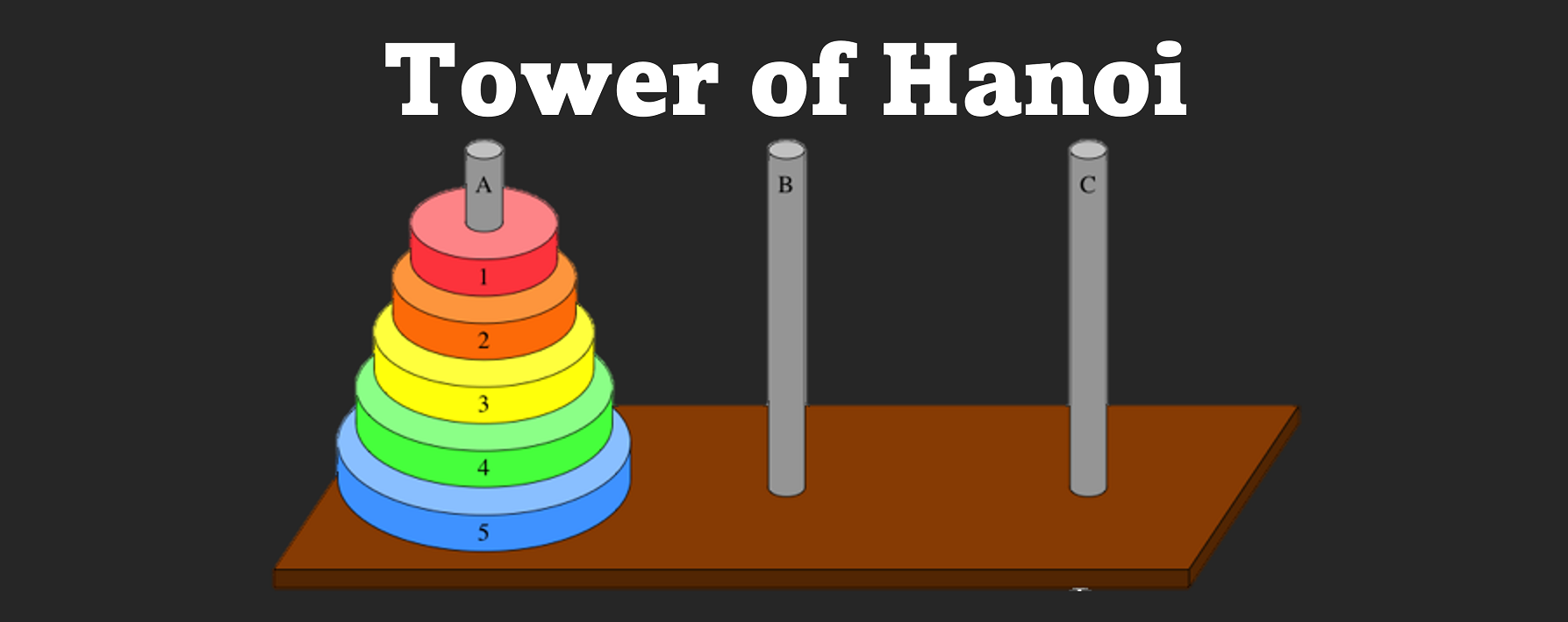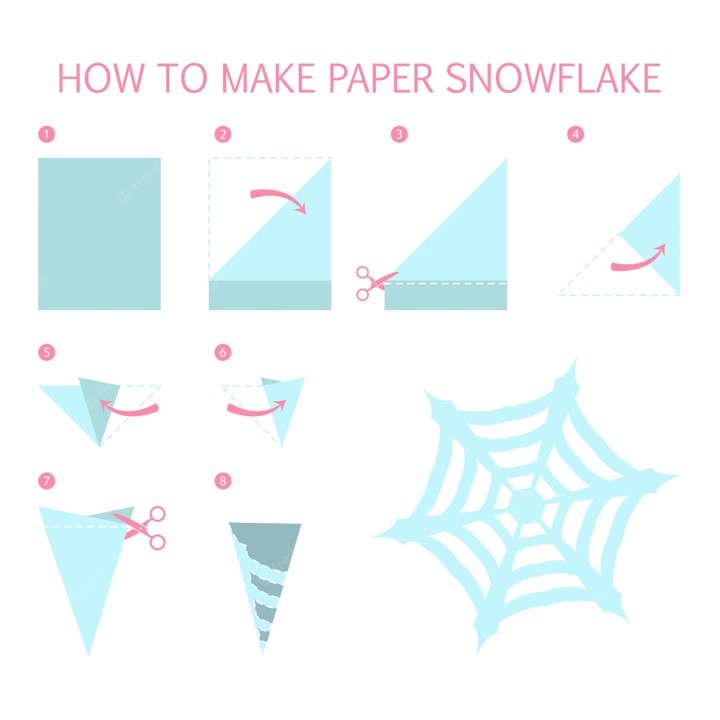
How to solve Towers of Hanoi using Recursion | Python | ChatGPT
Introduction
Have you ever wondered how a simple puzzle can teach you important problem-solving techniques? Today, we're going to dive into the exciting world of the "Tower of Hanoi"puzzle, understand how to solve it using Python's recursive approach, and discover why learning recursion can be a game-changer in your journey of problem-solving and career.
What is the Towers of Hanoi?
The Tower of Hanoi is an ancient mathematical puzzle that consists of three pegs and a set of different-sized disks. The disks start stacked in ascending order of size on one peg, forming a pyramid-like structure.
- Goal: The goal is to move the entire stack to another peg, one disk at a time
- Rule #1: Only one disk can be moved at a time.
- Rule #2: A larger disk cannot be placed on top of a smaller disk.
What is recursion?
Imagine you want to create a beautiful paper snowflake by folding and cutting a piece of paper. Here's a simple recursive process to achieve that:
The process looks like this-- Start with a square piece of paper. Fold the paper diagonally to create a triangle. Cut various shapes along the edges of the triangle to create a unique pattern. Unfold the paper to reveal your paper snowflake.
- Base Case: Your square piece of paper, you can think of it as a "base case." At this point, you don't make any further folds or cuts, and you have a basic, single-layer paper snowflake.
- Repeat/Recursion: To make your snowflake more intricate and detailed, you repeat the process of folding the paper (creating smaller triangles) and cutting new shapes along the edges of each triangle.

An example of recursively making paper snow
Notice: paper snowflakes involves applying the same steps to smaller portions of the paper. As you continue the folding and cutting process, you create more and more layers of patterns, resulting in an elaborately designed paper snowflake.
We will use same Recursion technique to solve our towers of hanoi problem.
Recursion vs. Loop
- Simplicity and Readability: Recursion provides more concise and readable code compared to loops, especially when you don't know how many times you want to repeat a pattern.
- Handling Complex Problems: Certain problems are naturally recursive in nature. Using recursion allows us to break down these complex problems into smaller parts, making them easier to solve.
- Code Reusability: Recursive functions can be called multiple times with different inputs, making them highly reusable in various scenarios.
- Versatility: Recursion can be applied to problems that might not be easily solvable using loops or other iterative methods.
Let's start by asking FluxyAI to solve this Towers of Hanoi for us.

Conclusion
In the captivating world of problem-solving, recursion stands as a powerful technique that unlocks endless possibilities. From the fascinating Towers of Hanoi puzzle to crafting intricate paper snowflakes, recursion unveils the art of breaking down complexities into elegant solutions. So, let the wonder of recursion guide your path to becoming a skilled problem-solver, making each step a delightful discovery in your career and beyond. Happy problem-solving!
Detailed chat hereShare it on social media because it will help your friends.
Blogs that you might like
 FluxyAI
FluxyAI